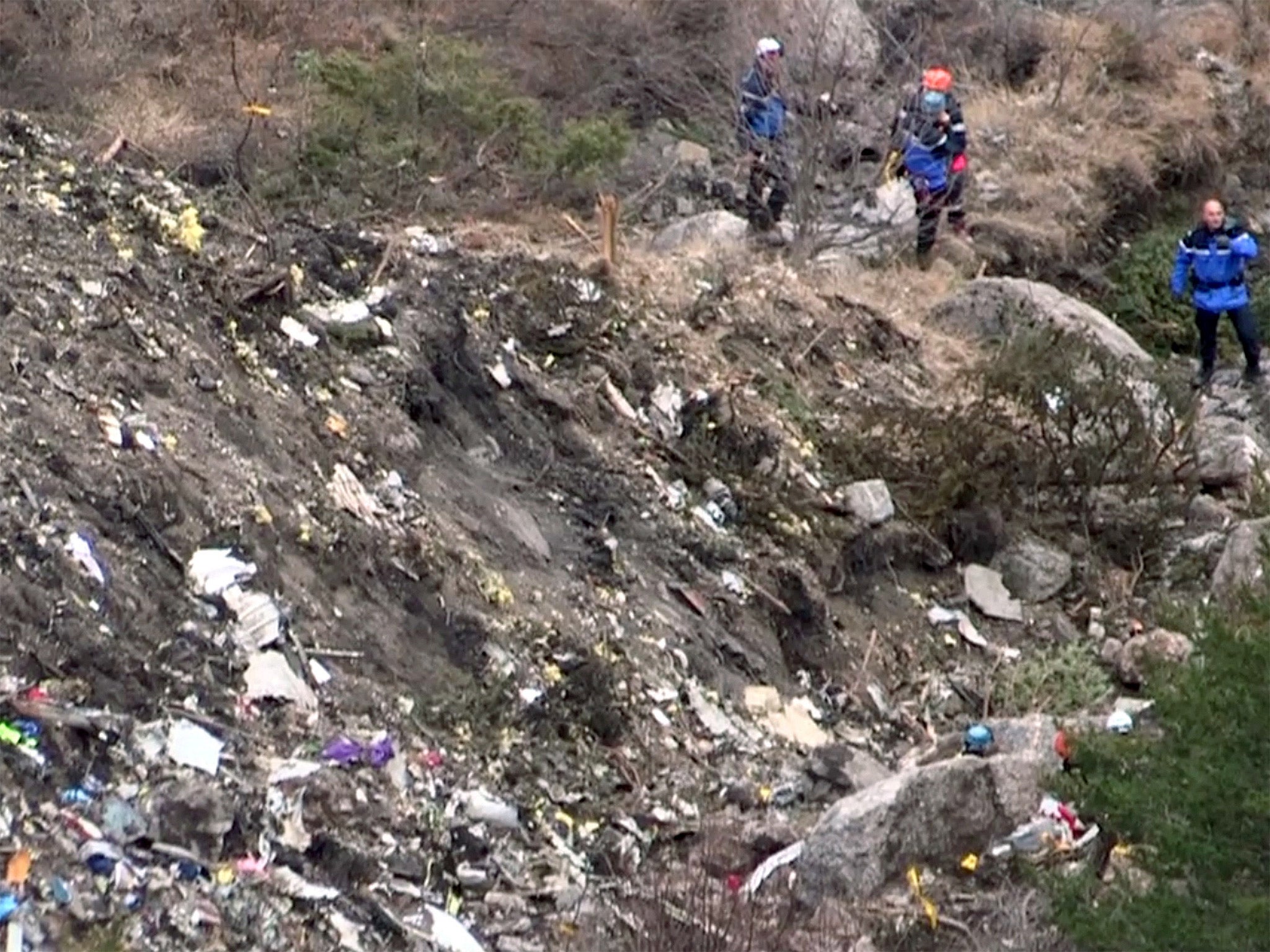Germanwings crash: Rapid drop in pressure is favoured theory so far
All pilots are trained to deal with such events


Your support helps us to tell the story
From reproductive rights to climate change to Big Tech, The Independent is on the ground when the story is developing. Whether it's investigating the financials of Elon Musk's pro-Trump PAC or producing our latest documentary, 'The A Word', which shines a light on the American women fighting for reproductive rights, we know how important it is to parse out the facts from the messaging.
At such a critical moment in US history, we need reporters on the ground. Your donation allows us to keep sending journalists to speak to both sides of the story.
The Independent is trusted by Americans across the entire political spectrum. And unlike many other quality news outlets, we choose not to lock Americans out of our reporting and analysis with paywalls. We believe quality journalism should be available to everyone, paid for by those who can afford it.
Your support makes all the difference.“We’ll take all the time we need to understand and explain,” said Rémi Jouty, as the world’s media sought answers about what led to the crash of Germanwings Flight 4U 9525. The director of the French BEA – the Bureau of Inquiries and Analysis – gave little away about initial findings.
In the absence of solid information, the thinking of aviation safety experts and pilots has coalesced around a theory of rapid decompression that incapacitated the flight crew – perhaps because a window had blown out or the seal on a cargo hatch had failed.
The next question that demands an answer is why, when the descent began, the pilots apparently took no other action – in particular failing to make a 180-degree turn away from the Alps and towards the low-lying terrain around Marseille-Provence airport.
Join our commenting forum
Join thought-provoking conversations, follow other Independent readers and see their replies
Comments